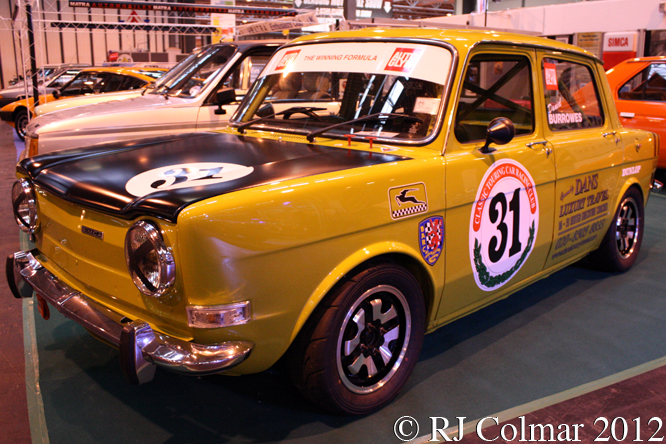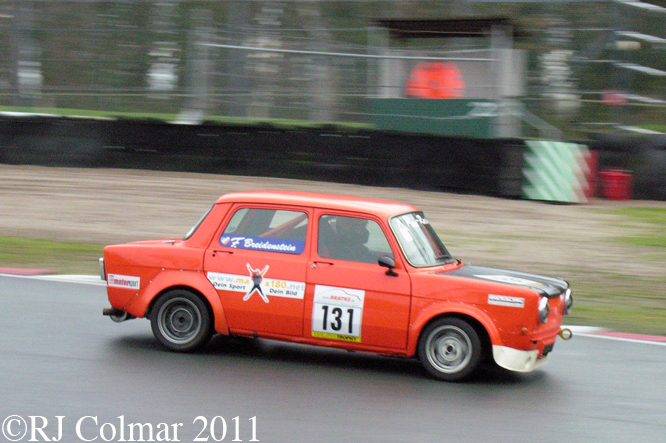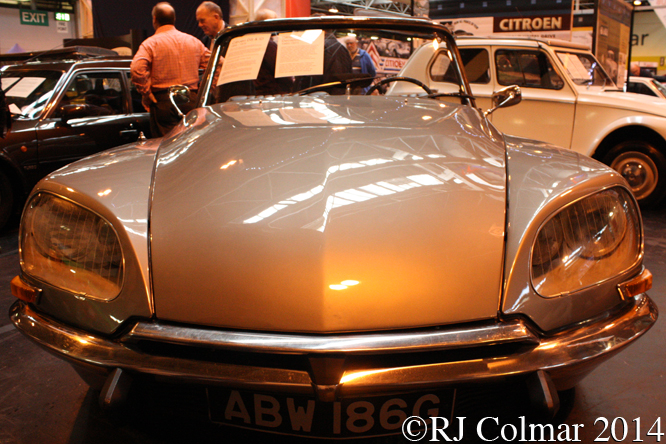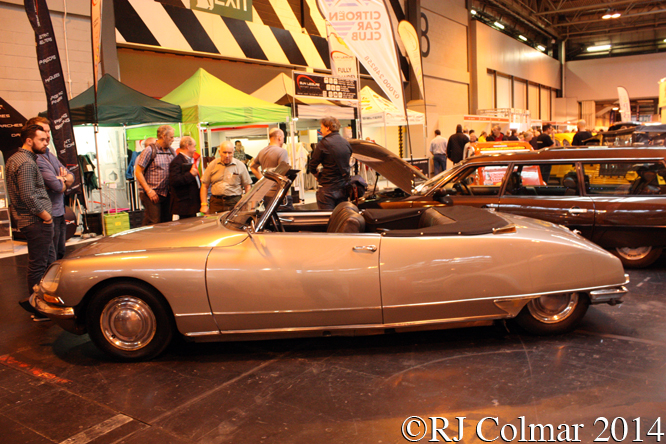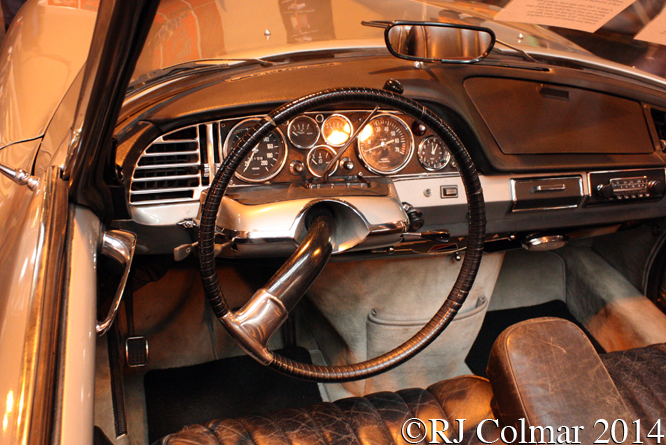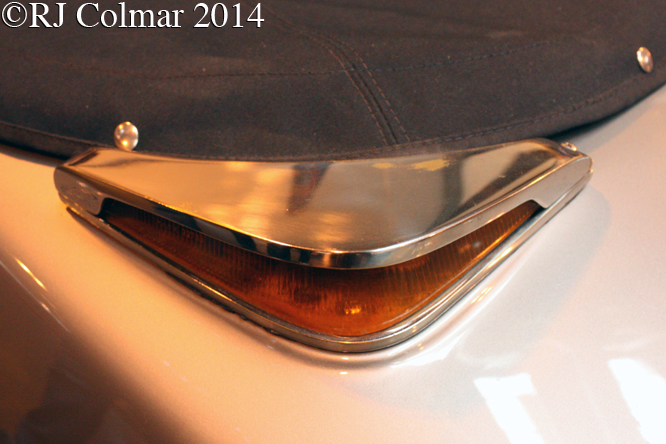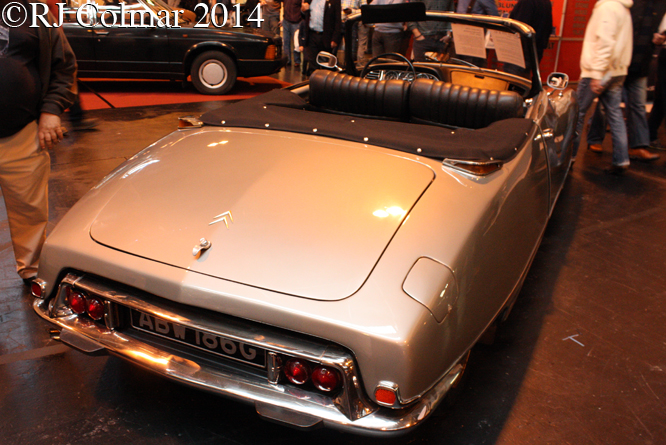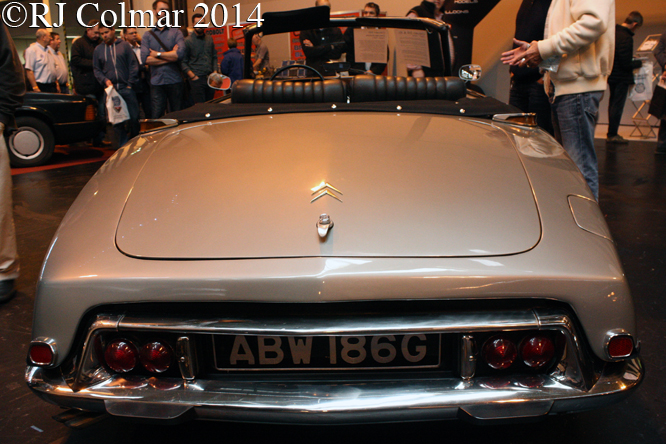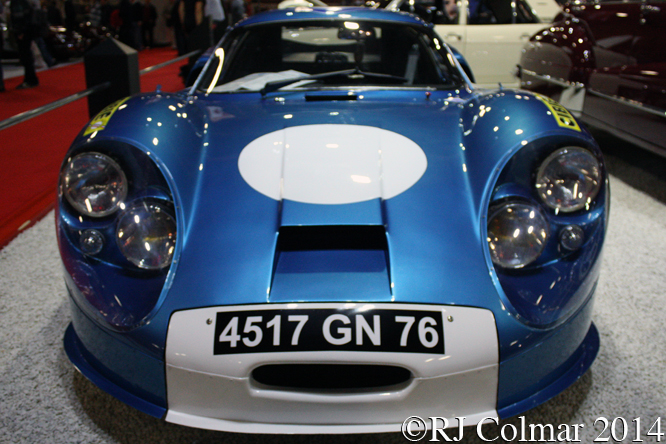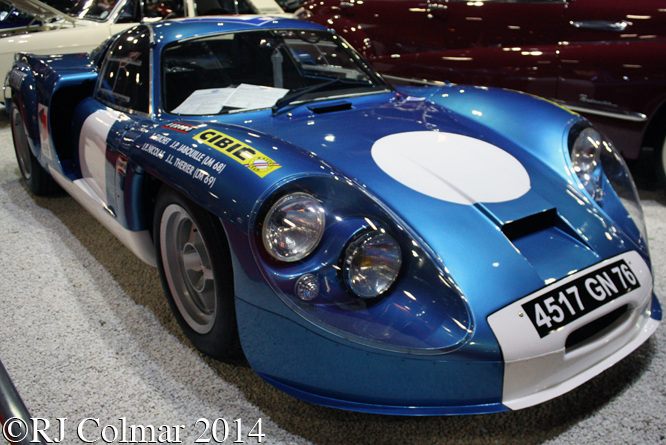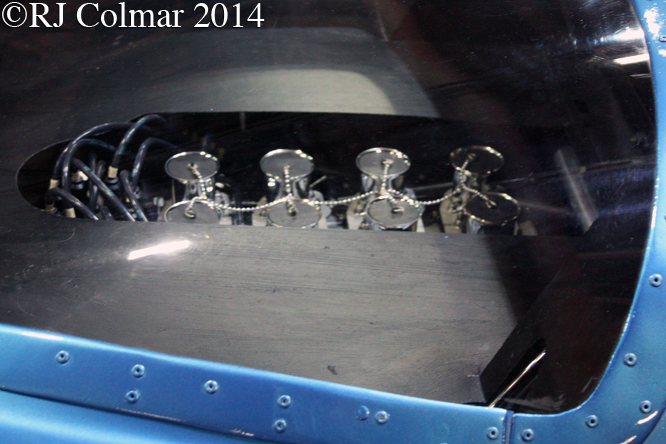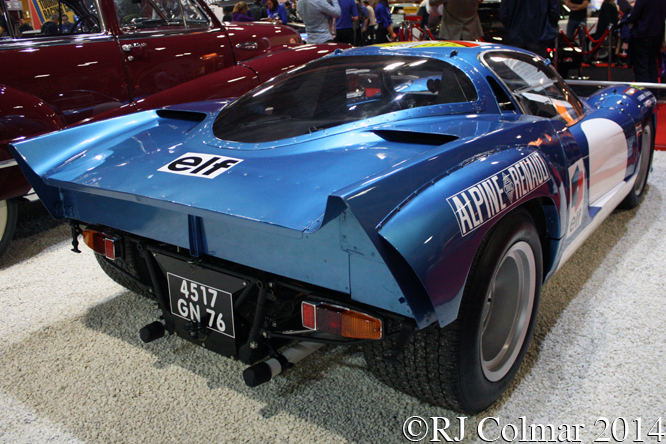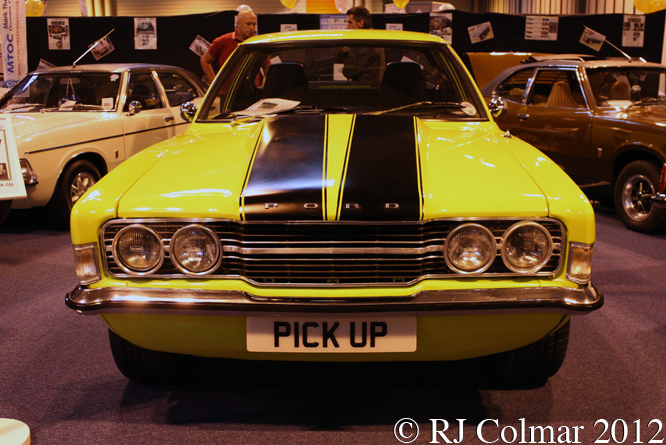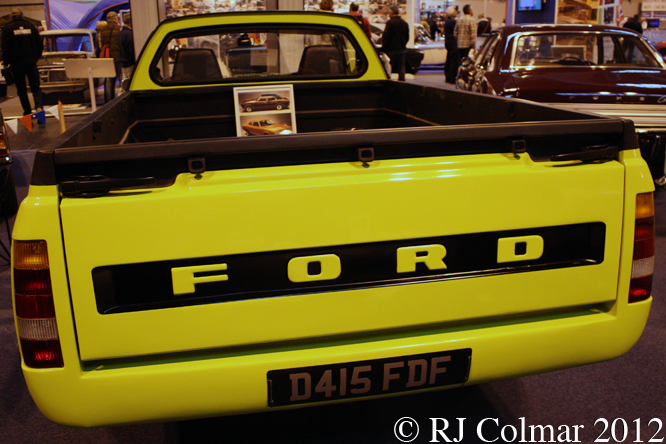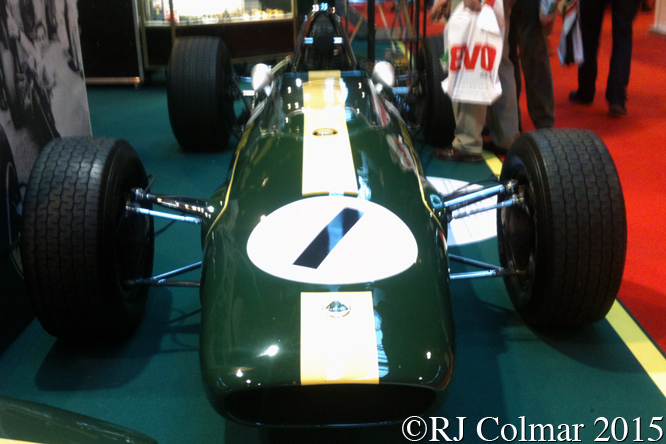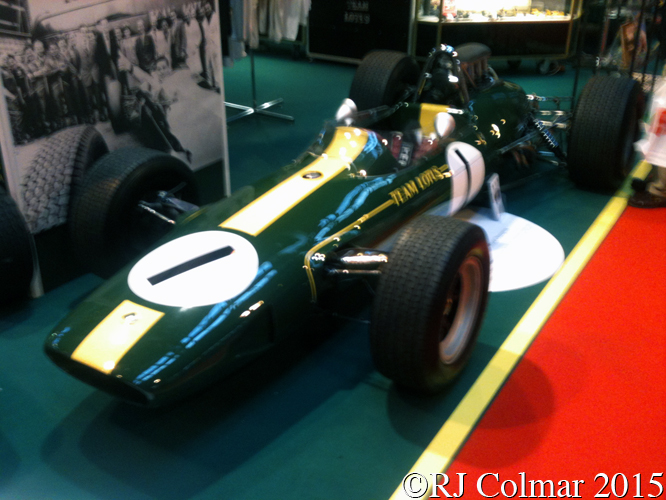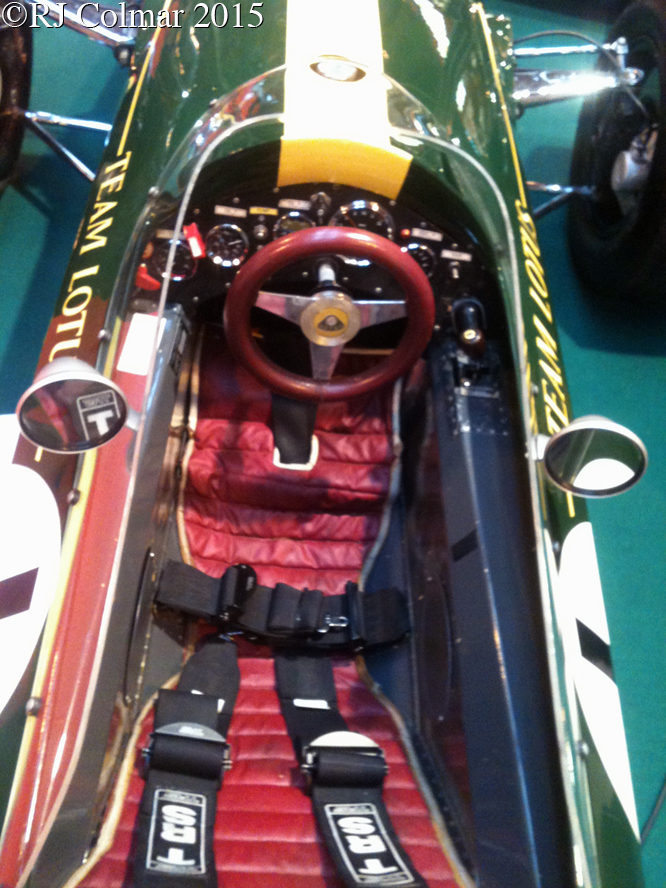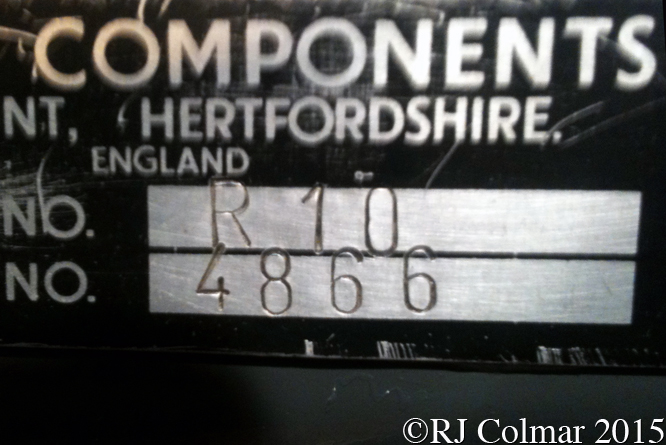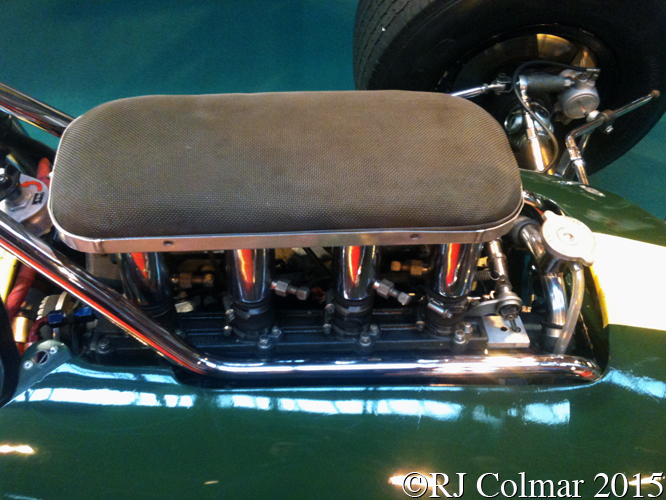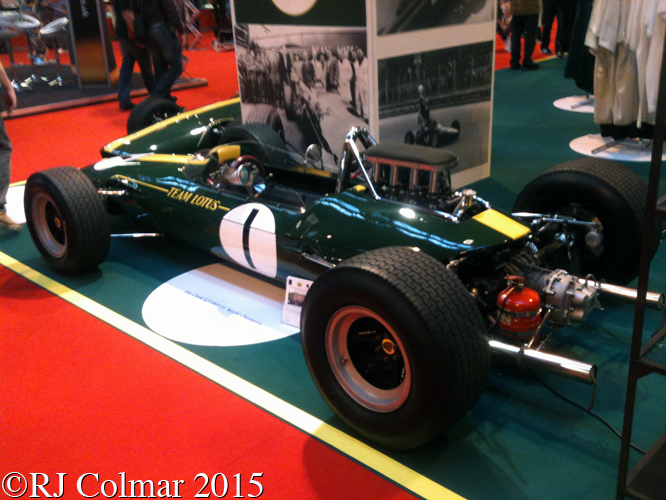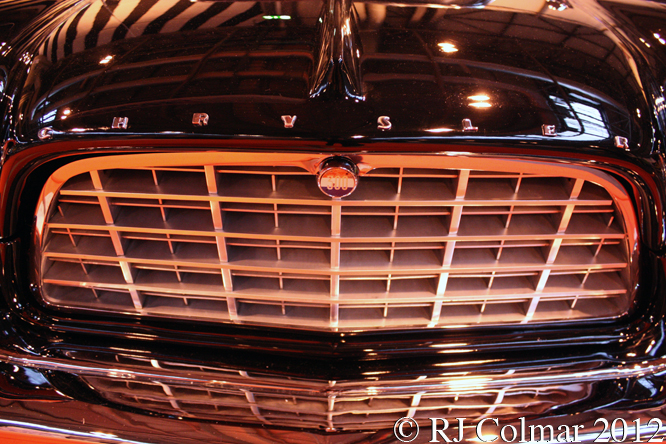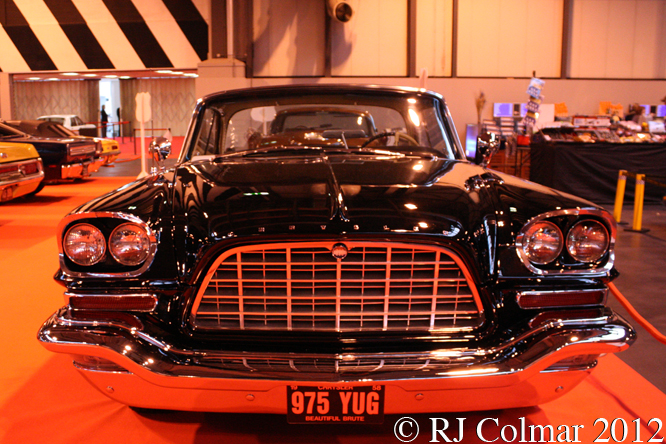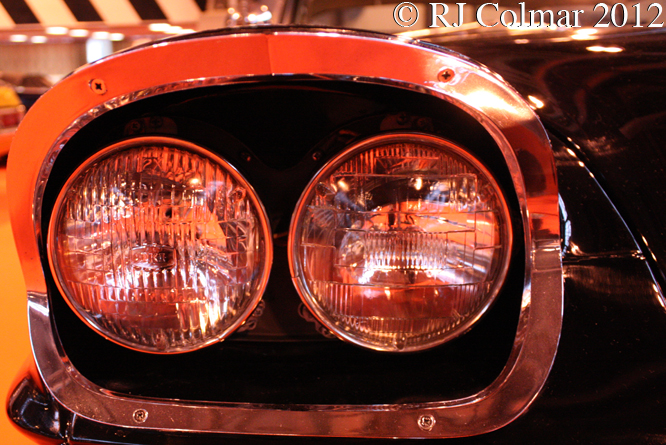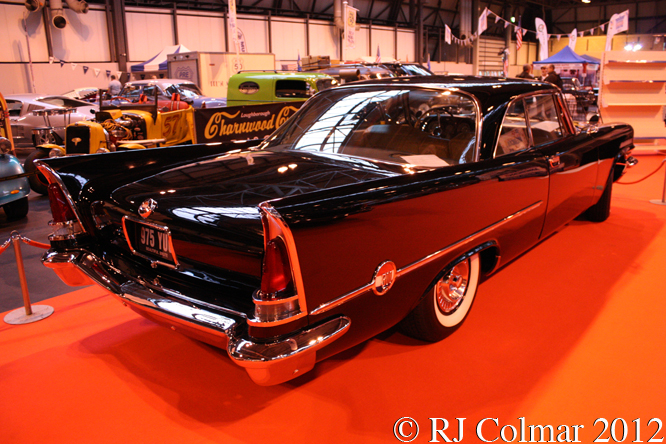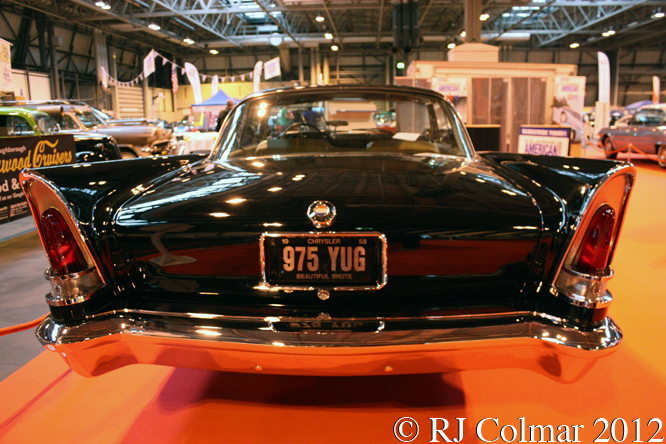SRT the Simca Racing Team was founded in 1972 to “To restore the joy of young people participating in motorsport” for owners and fans of the Simca 1000 chaired by Daniel Cébile the club grew to have 4,000 members with in two years.
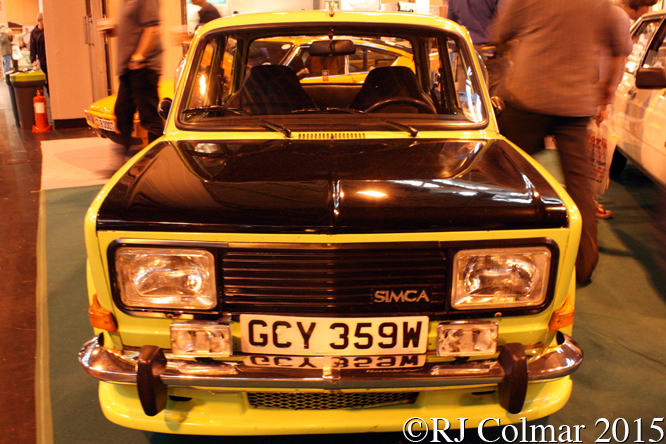
Part of the clubs programme was to encourage members to compete in motorsports events with their vehicles in a variety of disciplines, unlike most manufacturer supported programmes of a similar nature it was not designed to manufacture professional drivers more to provide young drivers a framework within which to compete.
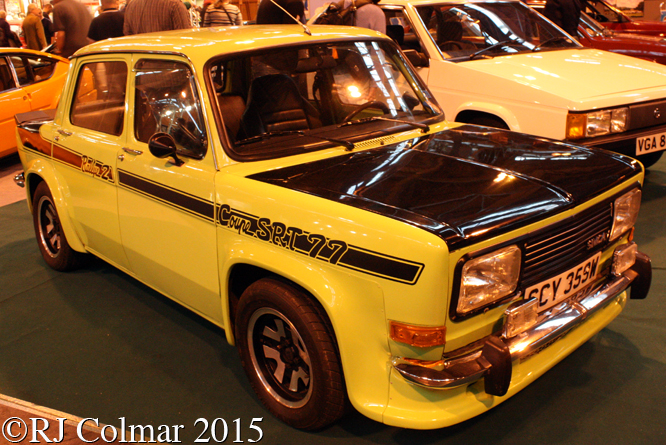
The SRT ’77 is the ultimate evolution of the Simca 1000 Rallye 2 which was a non street legal kit made available in 1977, the year before production of the entire Simca 1000 range was brought to a halt.
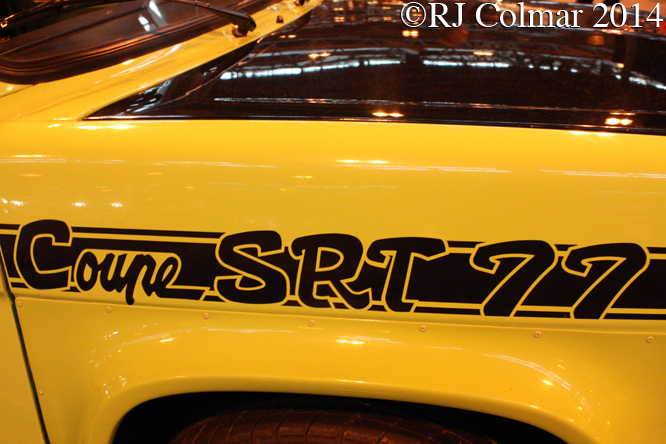
It comprised engine modifications which boosted the power output from 84hp of the standard Rallye 2 to 110hp including a noisy exhaust.
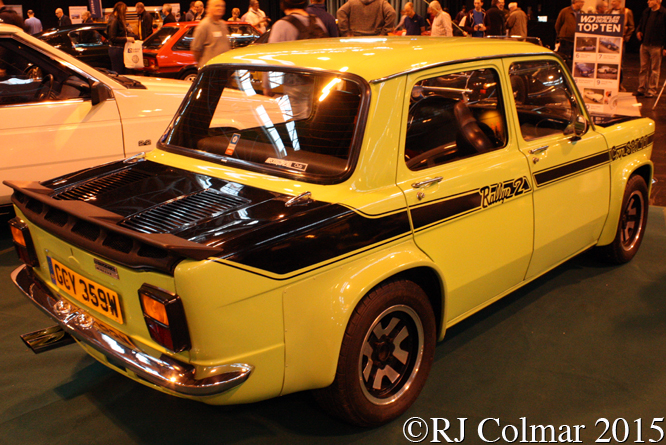
Front and rear spoilers were also augmented by plastic wheel arches which enabled the fitting of wider tyres that included slicks for track applications.
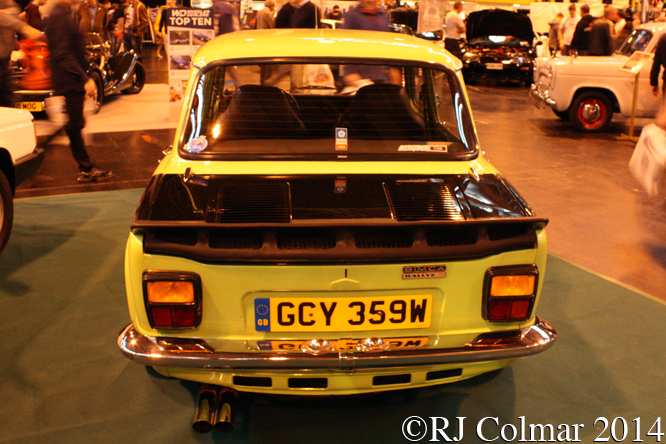
The SRT ’77 Kit allowed Rallye 2 owners to move up from the production orientated Group 1 to the more racing orientated Group 2 class, perhaps the greatest exponent of the SRT ’77 was German Ernst Thierfelder who drove his SRT ’77 to victory in the first VLN championship, Langstreckenmeisterschaft, at the Nurbürgring in 1977.
The road registered SRT ’77 in these photographs was seen at the Classic Motor Show at the NEC Birmingham.
Thanks for joining me on this “The Noisy Terror From Poissy” edition of “Gettin’ a li’l psycho on tyres” I hope you will join me again tomorrow when we will be visiting the Niello Concours at Serrano. Don’t forget to come back now !


